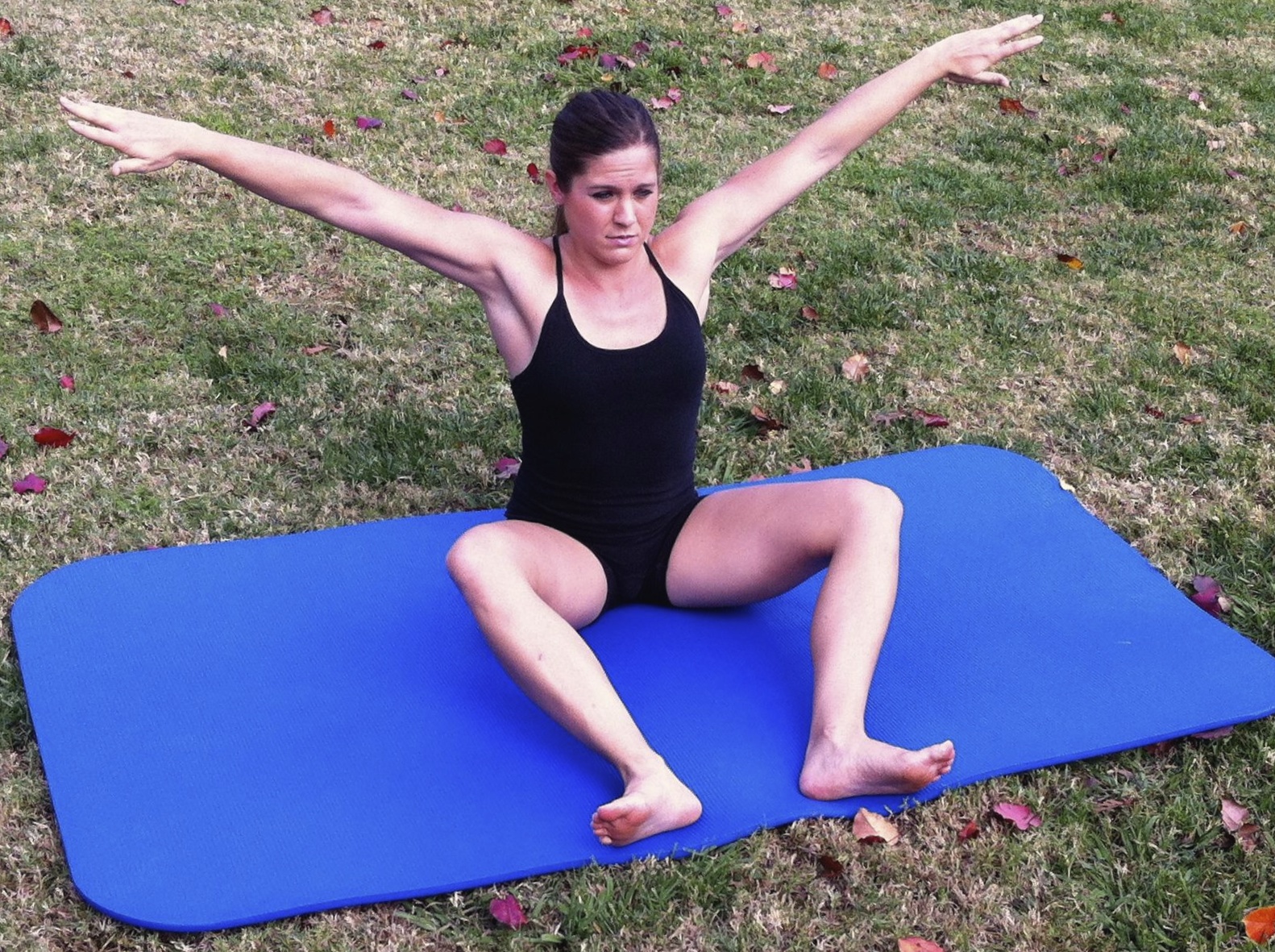The large muscles (latissimus dorsi, trapezius, rhomboids, quadratus lumborum…) need to be trained with a lot of specific movements in relation to the specific quality of training that you need (strength, volume, power, speed, resistance, endurance and fitness maintenance) for each muscle group. The spinal muscles need to be trained to improve their ability to provide postural support.
There are also numerous, yet specific exercises, which can solicit the proximal, distal, medial, lateral, middle, superficial or deep portions of each muscle in the upper extremities. Students will learn over hundred different exercises that are invaluable in both performance training and rehabilitation. The function of the shoulder girdle is a major topic of this seminar.


